Can single conductor free air cables be used for conductors terminating directly to distribution equipment?
The simple answer is yes, BUT… This article will try to explain the limitations of terminating single conductors directly to distribution equipment and the reason for Subrules (5) and (6) of CE Code Rule 8-104.
To do this, we need to start with the difference between Section 4 of the CE Code and Section 8. All too often code users confuse circuit loading with allowable ampacities. This confusion leads to misinterpretation of the code rules and installations that do not comply with the code requirements. Section 4 covers conductor allowable ampacities, and Section 8 covers circuit loading.
Section 4 provides the allowable ampacity for insulated conductors and has correction factors to be applied when the installation does not match the specific installation criteria for the allowable ampacity table. As an example, Table 2 provides the allowable ampacity for not more than three insulated copper conductors installed in raceway with an assumed ambient temperature of 30°C. If the number of current-carrying 75°C insulated conductors in the raceway was increased to six, the correction factor of 0.80 in Table 5C must be applied to establish the corrected allowable ampacity. Now take that same installation of six current-carrying 75°C insulated conductors in a raceway and increase the ambient temperature to 40°C; an additional correction factor of 0.88 from Table 5A must be applied to establish the new corrected allowable ampacity. This exercise has reduced (or corrected) the allowable ampacity for the insulated conductors.
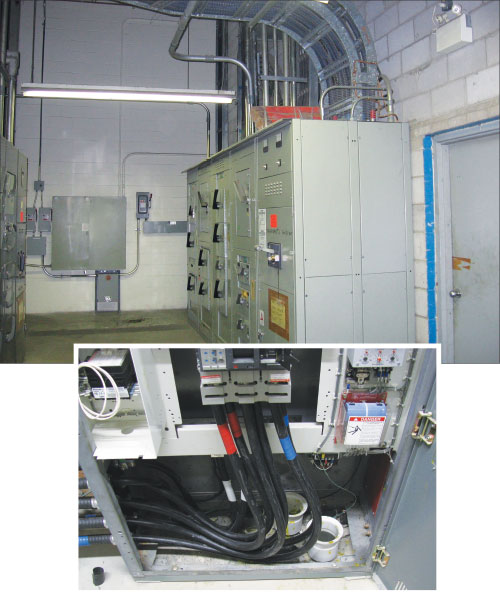
Section 8 applies to maximum circuit loading, calculated loads for consumer’s services, feeders, and branch circuits, the use of demand factors, branch circuit positions required for dwelling units, and heater receptacles for vehicles. For this article, we will focus on the maximum circuit loading requirements in Rule 8-104. Subrules (1) through (4) define the ampere rating of a circuit, the requirement that a calculated load can not exceed the ampere rating of circuit, and criteria for continuous loading. Keep in mind that ALL calculated loads are considered continuous loads unless it can be shown that in normal operation of the circuit, loading exceeding 225 A will not persist for a total of more than 3 hours in any six-hour period, and loads less than 225 A will not persist for a total of more than 1 hour in any two-hour period. Subrules (5) and (6) limit the maximum continuous load allowed for conductors directly connected to equipment that is required to have continuous operation rating. Examples of equipment that have a continuous operation rating are fused switches and circuit breakers. This type of equipment can be marked suitable for either 80% or 100% continuous operation. If this type of equipment is not marked, it is considered suitable for continuous operation at 80% of the rating of their overcurrent devices.
A code proposal was approved at the CE Code Part I meeting in June of 2016 to reword Subrules (5) and (6) to read:
(5) Where a fused switch or circuit breaker is marked for continuous operation at 100% of the ampere rating of its overcurrent devices, the continuous load as determined from the calculated load shall not exceed
(a) Except as required by Item (b), 100% of the rating of the circuit, where the allowable ampacities of conductors are selected in accordance with Section 4; or
(b) 85% of the rating of the circuit, where the allowable ampacities of single conductors are selected in accordance with Section 4.
(6) Where a fused switch or circuit breaker is marked for continuous operation at 80% of the ampere rating of its overcurrent devices, the continuous load as determined from the calculated load shall not exceed
(a) Except as required by Item (b), 80% of the rating of the circuit, where the allowable ampacities of conductors are selected in accordance with Section 4; or
(b) 70% of the rating of the circuit, where the allowable ampacities of single conductors are selected in accordance with Section 4.
This change in both Items (a) and (b) makes it clear that the continuous loading limitations of Subrules (5) and (6) apply to all allowable ampacities. Item (a) limits the continuous load to the continuous operation rating of the fused switch or circuit breaker. Item (b) further limits the continuous load when the conductor allowable ampacity for conductor connected to the equipment is based on single conductor allowable ampacities (free air).
One thing to keep in mind: Subrules (5) and (6) of Rule 8-104 do not derate the allowable ampacity of the conductor; Subrules (5) and (6) limit the continuous load on a circuit. The allowable ampacity of the conductor remains unchanged. As an example, consider a 1000 Amp distribution panel with a main breaker marked for 100% continuous operation and 75°C termination temperature. The main breaker will be fed with two parallel single conductor copper cables with a maximum ambient temperature of 30°C. The first step is to determine the allowable ampacity by selecting the allowable ampacity from the 75°C column in Table 1 for not less than 500 A (1000/2). In this case, the two parallel 350 kcmil copper single conductor cables have an allowable ampacity of 1010 Amp (505×2). This satisfies the requirement in Rule 14-104 to have rating of the overcurrent device not to exceed the conductor allowable ampacity. The second step is to apply Subrule (5) of Rule 8-104 to determine the maximum continuous loading allowed. Subrule (5) Item (b) limits the continuous load for these single conductors to 85%: 1010 x .85 = 858.5 Amp. This means for this example the allowable ampacity is 1010 Amp and the maximum continuous load for these single conductors can not exceed 858.5 Amp.
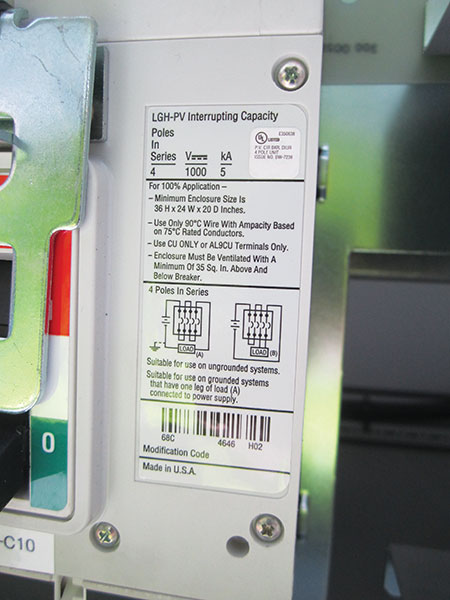
The next question is: WHY.
To answer this question, we should go back in history to the early 80s when an reoccurring issue was identified by authorities having jurisdiction in Canada. This issue was the line side terminations of distribution equipment were burning up. In 1982, sample installation testing was completed by Ontario Hydro, Research Division that resulted in the code proposal that added the maximum continuous current limitations to Rule 8-104. Prior to this code change, it was acceptable to install single conductor cable directly connected to distribution equipment using single conductor allowable ampacities.
Distribution equipment temperature testing
The standard for Switchboards CSA C22.2 No 244 / UL891 requires the size of conductors used for connection of the equipment during the temperature testing to be a minimum of 1.2 m in length and to have an allowable ampacity based on Table 28 (equivalent of CE Code Table 2 for three conductors in a raceway). Looking at the previous 1000 Amp distribution panel example the conductors used for connection during the temperature testing is 2 x 900 kcmil. The allowable ampacity of 900 kcmil copper 75°C insulated conductors in both CE Code Table 2 and C22.2 No 244/UL891 Table 28 is 520 Amp. (2X520 = 1040 A)
Since the 50s the amount of material use within distribution equipment for bus and disconnecting means has steadily decreased. This reduction of material size has been allowed by the product standards as the size of the material is confirmed by distribution equipment temperature testing in accordance with the applicable product standard. As the size of this material is decreased, the dependency of the conductor terminating directly to the equipment to dissipate heat from the distribution equipment increases. The reason for this dependence is the distribution equipment uses the field-installed conductors to dissipate heat from the distribution equipment. Where conductors are installed smaller than what was used during the certification testing, the temperatures within the distribution equipment will be higher; the higher the amount of continuous load the higher the temperature and the risk of equipment damage.
Now let’s go back to our example of the 1000 Amp distribution equipment; the conductor used during the certification temperature testing was the equivalent of two parallel 900 kcmil conductors. Selecting the installation conductors based solely on the single conductor free air allowable ampacities in CE Code Table 1 could result in two parallel 350 kcmil copper conductors. A fully loaded 1000 Amp distribution panel that relies on the two parallel 900 kcmil conductors to dissipate heat will overheat when connected with the much smaller parallel 350 kcmil conductors. This is why Subrules (5) and (6) limit the continuous load when connected with single conductors with allowable ampacities based on CE Code Tables 1, 3, or 12E.







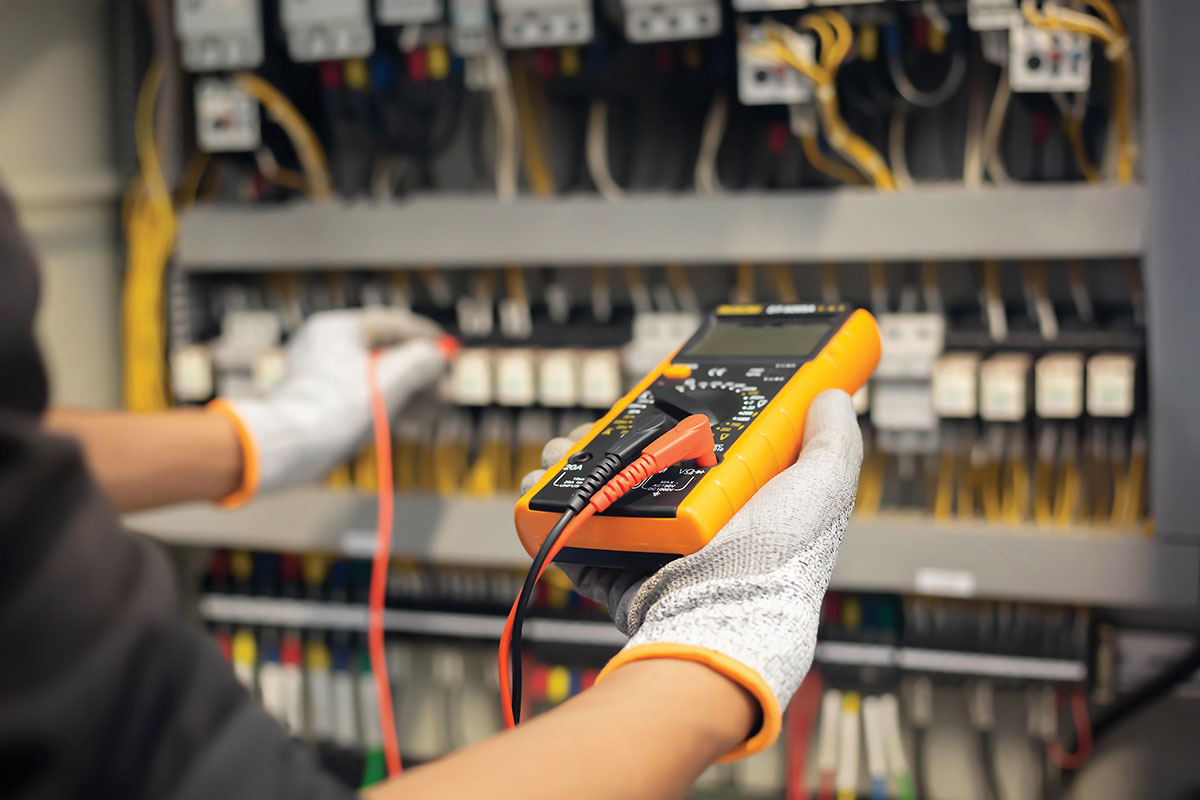
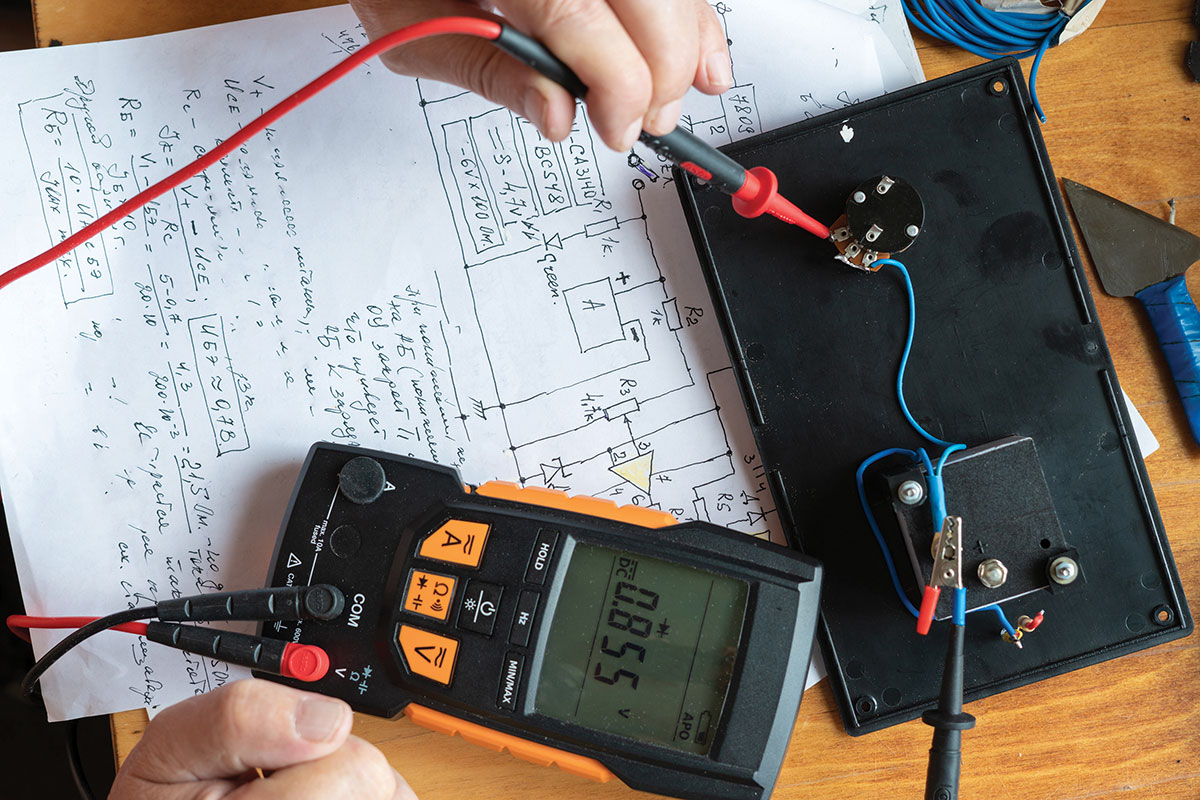
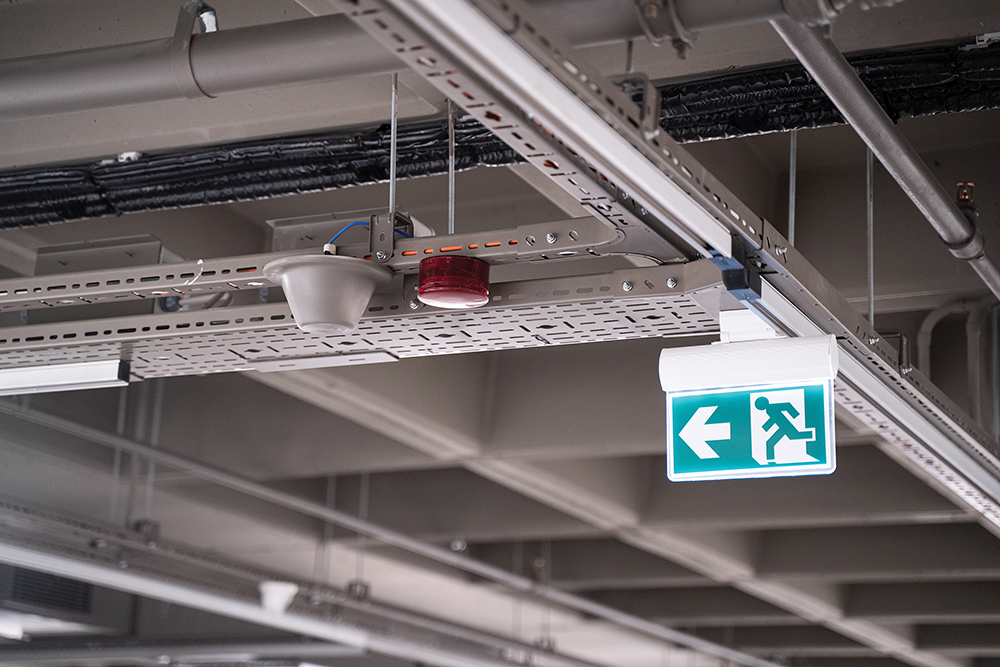
Find Us on Socials